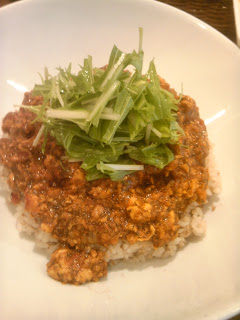* Dental implant information and technique has widely spread through various seminars held in all over the world and dental implant is one of hot topics in dentistry. However, about 20 years ago, the most popular theme of dental seminars was full denture.
How do we make dentures with which patients can use comfortably? There are no natural teeth in full denture’s cases’ patients. Therefore, how to provide ideal relation between upper and lower jaw and the effective occlusion composed of artificial teeth, where should artificial teeth locate in a denture, where should a denture cover in the jaw (the border of the denture) are the problems. Many dentists in those days rushed for such seminars. In fact, I had not been good at making full dentures for several years since I graduated from Tokyo medical and dental university.
While miscellaneous theories and methods were introduced, I attended various seminars and sometimes was confused with wide difference among theories. It took time until I got knack and had confidence in making dentures. Because of my mentor who patiently taught me and my patients who contributed to my experience, now, I feel interested in making dentures with almost no stress, even excited!
Since last month, I have been designated as an instructor of the occlusion seminar where my mentor demonstrates steps using a real patient. Whether patients accept dentures in their mouth mainly depends on dentist’s diagnosing ability and skills. When a patient can’t use his or her denture because of poor skills of his or her dentist, he or she can give up and go to another dentist unlike a patient who was treated with dental implants. In that sense, making comfortable full dentures is one of the most challenging fields in dentistry. I think I have improved my skills, but want to be more advanced in technique, to elicit smile from my patient.












































